Nestled in the heart of Central Vietnam, Hue is a city of poetry, imperial grandeur, and spiritual depth. Once the capital of the Nguyen Dynasty, this charming destination has emerged as one of the top spots that captivate the imagination of international travelers. The blend of ancient architecture, rich culture, peaceful landscapes, and friendly locals has turned Hue into a magnetic destination. But what exactly makes Hue tourism attract foreign visitors? This article uncovers the reasons behind Hue’s growing appeal and why global tourists continue to fall in love with this imperial gem.
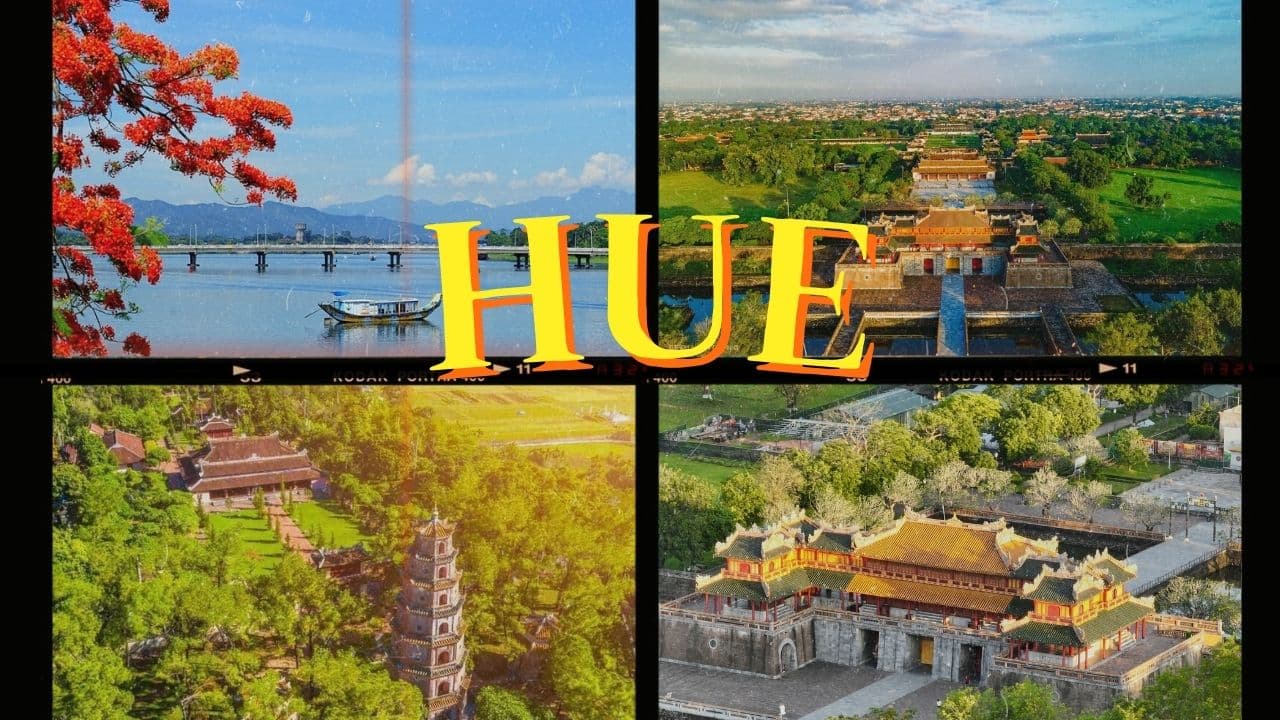
Why Hue Tourism Attracts Foreign Visitors: A Journey Through Vietnam’s Imperial Heritage
Historical Richness: A Gateway to Vietnam’s Past
One of the main reasons why Hue tourism attracts foreign visitors is its deep historical significance. As the former imperial capital from 1802 to 1945, Hue is home to a treasure trove of historical sites recognized by UNESCO as World Heritage.
-
The Imperial City (Citadel): Tourists are enchanted by the massive walls, moats, palaces, and temples inside the Citadel. Modeled after Beijing’s Forbidden City, it offers a majestic insight into Vietnam’s royal history.
-
Royal Tombs: Scattered along the Perfume River are the elaborately designed tombs of emperors like Tu Duc, Minh Mang, and Khai Dinh. Each tomb is a blend of architecture, philosophy, and natural harmony.
-
Thien Mu Pagoda: Standing tall since the 1600s, this seven-story pagoda is not only a religious site but also a symbol of Hue. Foreigners appreciate its peaceful atmosphere and scenic location.
The rich history allows tourists to connect with Vietnam’s past in a personal and immersive way, making Hue a must-visit for history lovers.

Historical Richness: A Gateway to Vietnam’s Past
Cultural Immersion and Local Traditions
Hue’s culture is uniquely refined and deeply spiritual. Unlike the bustling modernity of Hanoi or Ho Chi Minh City, Hue offers a slower, more reflective experience.
-
Royal Cuisine: Hue was the cradle of Vietnam’s imperial gastronomy. Foreign tourists are often intrigued by the multi-course royal meals, featuring dishes like bánh bèo (steamed rice cakes), nem lụi (grilled pork skewers), and chè Huế (sweet soup desserts).
-
Traditional Arts: Water puppetry, royal court music (Nhã nhạc), and áo dài performances offer tourists a genuine taste of Vietnamese traditions. UNESCO has also recognized royal court music as an Intangible Cultural Heritage.
-
Festivals: Hue Festival, held biennially, showcases parades, music, and performances from around the world, yet retains its focus on Vietnamese heritage.
These cultural experiences offer foreign tourists a chance to immerse themselves in the true soul of Vietnam, beyond superficial sightseeing.
Natural Beauty and Tranquil Scenery
Another reason Hue tourism attracts foreign visitors is its breathtaking natural setting. The city lies on both banks of the Perfume River, with tranquil hills and beaches nearby.
-
Perfume River Cruises: Sunset cruises on traditional dragon boats provide panoramic views of the city, especially when the river glows orange at dusk.
-
Lang Co Beach: Just a short drive from Hue, this pristine beach is perfect for relaxation. It has been voted one of the world’s most beautiful bays.
-
Bach Ma National Park: Located about 40 kilometers from the city, this park offers hiking, birdwatching, and waterfalls in a cool mountain climate.
These natural attractions give tourists a break from urban crowds and allow for peaceful, nature-filled days during their visit.
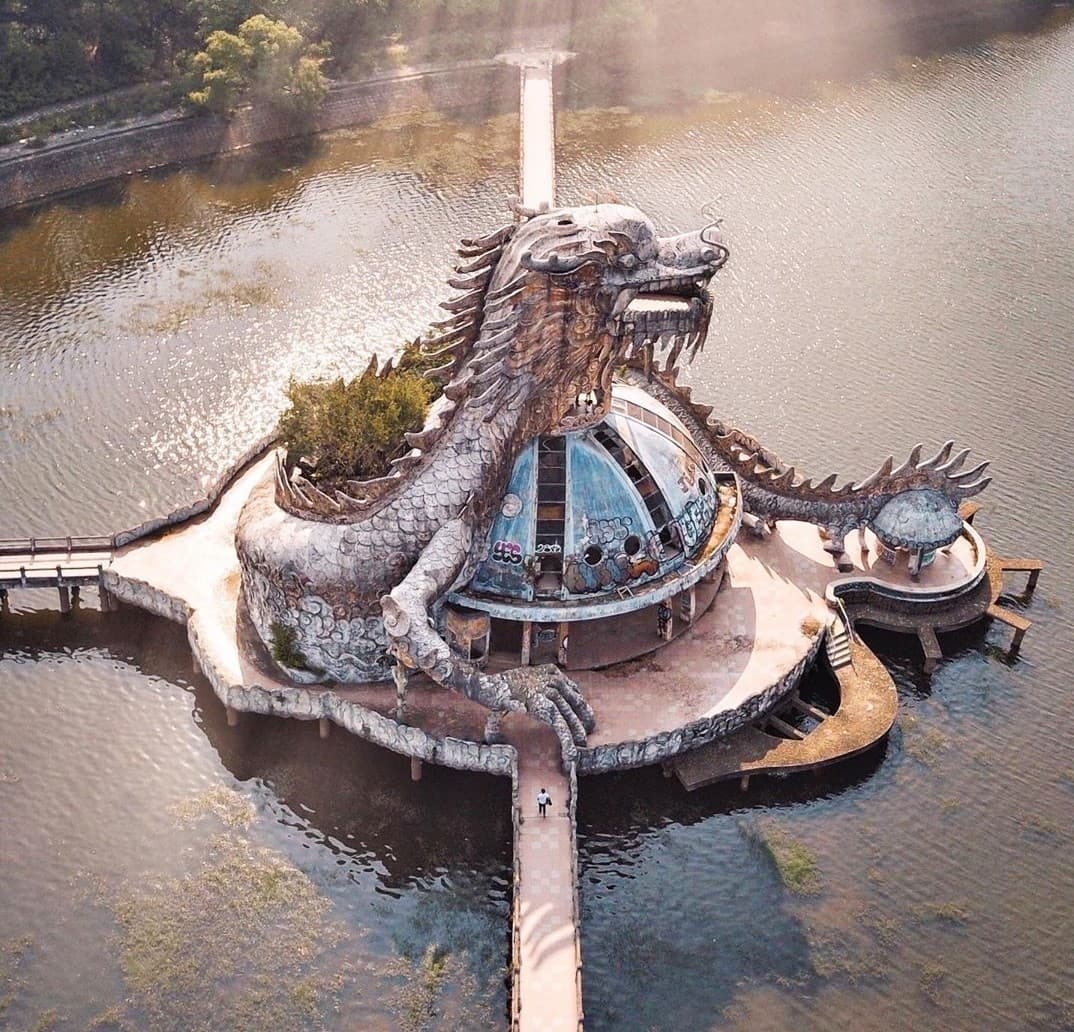
Natural Beauty and Tranquil Scenery
Architectural Harmony and French Colonial Influence
Besides imperial buildings, Hue also boasts a touch of French charm from the colonial period. Tourists often admire the city’s unique blend of Eastern and Western architecture.
-
French Villas and Churches: Streets like Le Loi and Doi Cung feature old French villas, now turned into boutique hotels or cafés.
-
Trang Tien Bridge: Built during the French era, this iconic steel bridge spans the Perfume River and lights up beautifully at night.
-
Dong Ba Market: Though traditional in spirit, the layout and construction of the market show colonial planning influence.
This mixture of cultural legacies creates a visual experience that resonates with foreign travelers, photographers, and culture buffs.
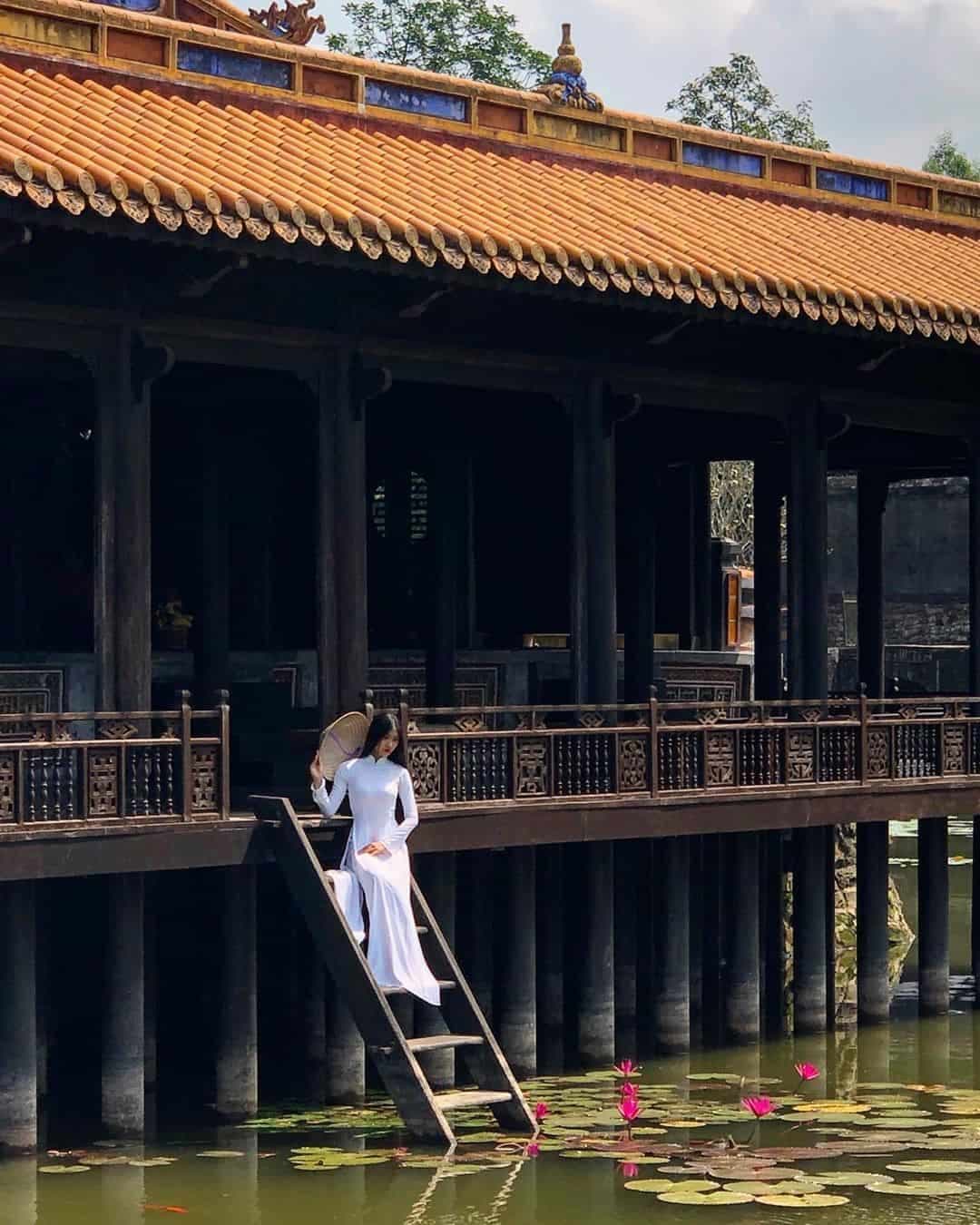
Architectural Harmony and French Colonial Influence
Spiritual and Wellness Tourism
With its many temples, pagodas, and tranquil setting, Hue has become a growing destination for spiritual and wellness tourism.
-
Meditation Retreats: Several pagodas and monasteries offer short-term retreats for foreign guests seeking mindfulness and peace.
-
Spa and Herbal Medicine: Inspired by traditional Vietnamese healing, many wellness centers provide herbal baths, massages, and treatments using local plants.
-
Zen Tourism: Some international visitors travel to Hue specifically to experience Zen Buddhism and learn from Vietnamese monks.
This dimension of spiritual travel enhances Hue’s reputation as a holistic destination, beyond sightseeing.
Warm Hospitality and Authentic Local Life
The people of Hue are known for their kindness, humility, and hospitality. Foreign tourists often speak highly of the warm interactions they have during their stay.
-
Local Homestays: Tourists can live with local families and experience daily life, from cooking meals to attending family celebrations.
-
Cyclo Tours: Local drivers share stories and anecdotes while cycling through old streets, giving tourists an insider’s perspective.
-
Language Exchange Cafés: Many Hue locals are eager to practice English, making it easy for foreign travelers to engage in meaningful conversations.
This warm, human connection adds emotional value to the tourist experience, making Hue feel like more than just a destination.
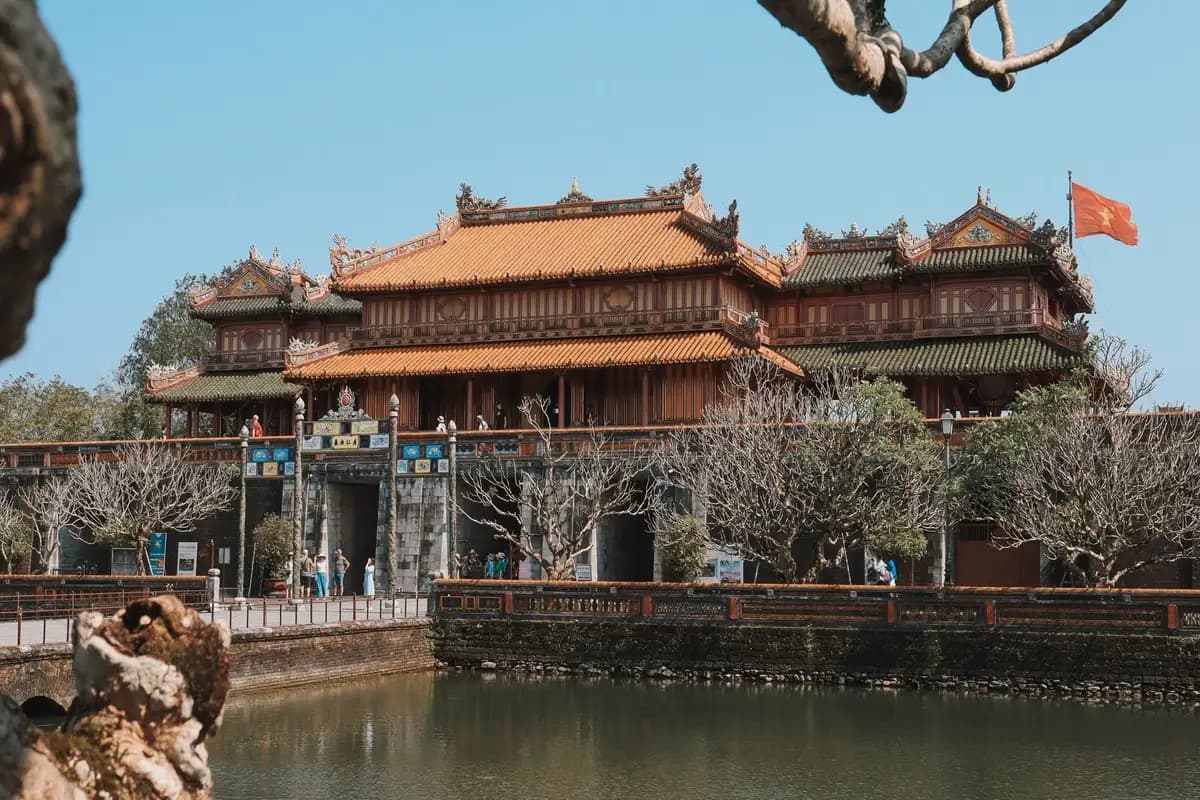
Warm Hospitality and Authentic Local Life
Hue’s Strategic Location for Travel Itineraries
Hue is ideally positioned between other popular destinations such as Da Nang and Hoi An. Many tourists include Hue in their Central Vietnam itinerary.
-
Hai Van Pass: The scenic mountain road from Da Nang to Hue is one of the most beautiful coastal drives in the world.
-
Easy Transportation: Hue’s airport, railway station, and bus system make it accessible to travelers from all over Vietnam.
-
Multi-Day Tours: Many travel agencies offer packages that combine Hue with other cultural hotspots, increasing the city’s visibility among international travelers.
Being part of a larger tourism network helps Hue maintain a steady flow of foreign visitors year-round.
Affordability and Value for Money
Hue offers high value for money, making it particularly attractive to budget-conscious travelers from Europe, the U.S., and Australia.
-
Affordable Accommodations: From backpacker hostels to boutique hotels, Hue offers a wide range of affordable options.
-
Low-Cost Experiences: Museum tickets, food, and guided tours are reasonably priced compared to other countries in Southeast Asia.
-
Great Food at Local Prices: Foreign tourists enjoy delicious, high-quality meals for a fraction of what they’d pay elsewhere.
This affordability allows longer stays and repeat visits, which is crucial for sustainable tourism growth.
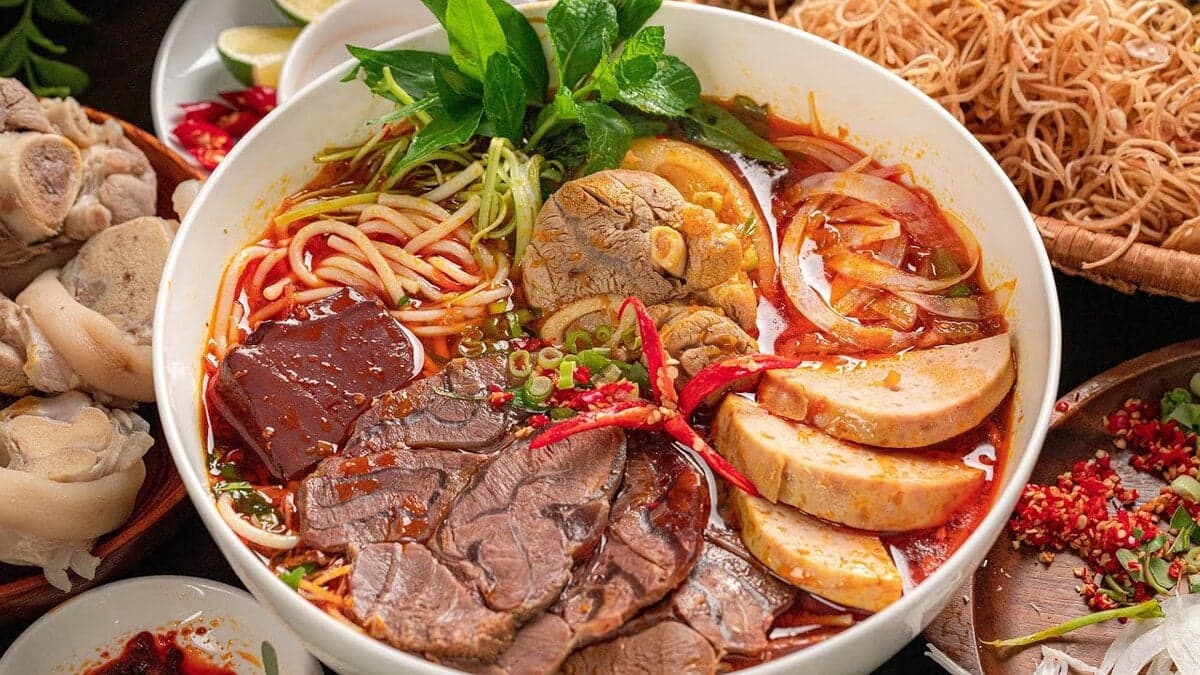
Affordability and Value for Money
Hue is more than just a former imperial city—it’s a living museum of Vietnam’s soul, artistry, and spirituality. From its historical monuments to cultural festivals, serene rivers to sacred pagodas, Hue offers foreign visitors a multifaceted experience unlike anywhere else in the world. The reasons why Hue tourism attracts foreign visitors are clear: it’s authentic, soulful, scenic, and welcoming. As travelers seek deeper connections and meaningful journeys, Hue is poised to remain one of Southeast Asia’s most cherished gems for international tourism.
